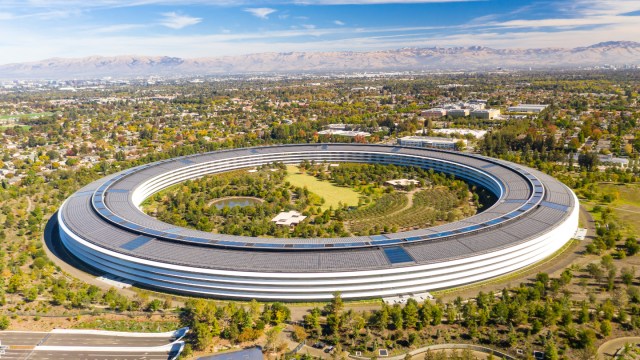How do you get a million asteroids? Start with five small planets, says a new study.

Try and think back to your fourth-grade science class. You might remember that in between the rocky inner planets and the outer gas giants there is a collection of oddly shaped rocks called the asteroid belt.
This creatively named space is filled with, you guessed it, asteroids. There are millions of them orbiting the sun as we speak, and some come frighteningly close to the Earth regularly.
But, where did they come from?
A new study published in Nature Astronomy suggests that 85% of all the asteroids in the inner main belt originate from five or six minor planets which fell to pieces long ago. The remaining asteroids may also share the same ancestry or be the remnants of other, similar objects.
How did they figure this out?
Lead author Stanley Dermott of the University of Florida explains that the differences between meteorites found on Earth can only be explained if the asteroids those meteorites came from were themselves once part of a few objects, themselves no larger than a small moon.
In a video explaining the findings, he tells us that:
The differences in the meteorites are because (of) what happened inside those big bodies, not because they came from all these different objects. So, like in the Earth, (big bodies) have iron in the center and then rock on the outside, and different types of rock when you get to the mantle. So, these changes can occur in a bigger body that couldn’t occur in a tiny body.
This means that at some point, billions of years ago, five or six large rock and metal bodies existed in the midsection of our solar system. These planetoids either collapsed or were blown apart by impacts with other objects. What remains of them makes up most of the population of the asteroid belt today.
This is cool and all but is there any practical use for this information?
It might be useful in deflecting any asteroids that would otherwise hit the earth. Dr. Dermott also tells us that “If ever one of these comes towards the earth, and we want to deflect it, we need to know what its nature is.”
Since it is generally agreed that an asteroid will hit the Earth again at some point in the future, and it is also understood that the United States is not currently prepared for such an event, any information that helps us understand this threat will prove useful later. When you consider how much damage even a small asteroid would cause if it were to hit us, this discovery might end up being of uncalculatable importance later.
Learning how asteroids develop can also help us understand how planets like ours come into existence. As we look across the cosmos in search of exoplanets, it might also help to know how minor planets can disintegrate into asteroids before we decide to launch a spaceship to colonize them. Presuming that we do want to become a spacefaring civilization that is.
So, there you have it. The millions upon millions of asteroids in the solar system likely come from the same five or six ancient sources. As with a lot of science, this seemingly minor finding will help researchers in other fields expand on the knowledge they have in ways nobody imagined even a few years ago.
While it might not have a practical application for you today, remember to thank the authors of this study later when we do have to deflect an asteroid.





